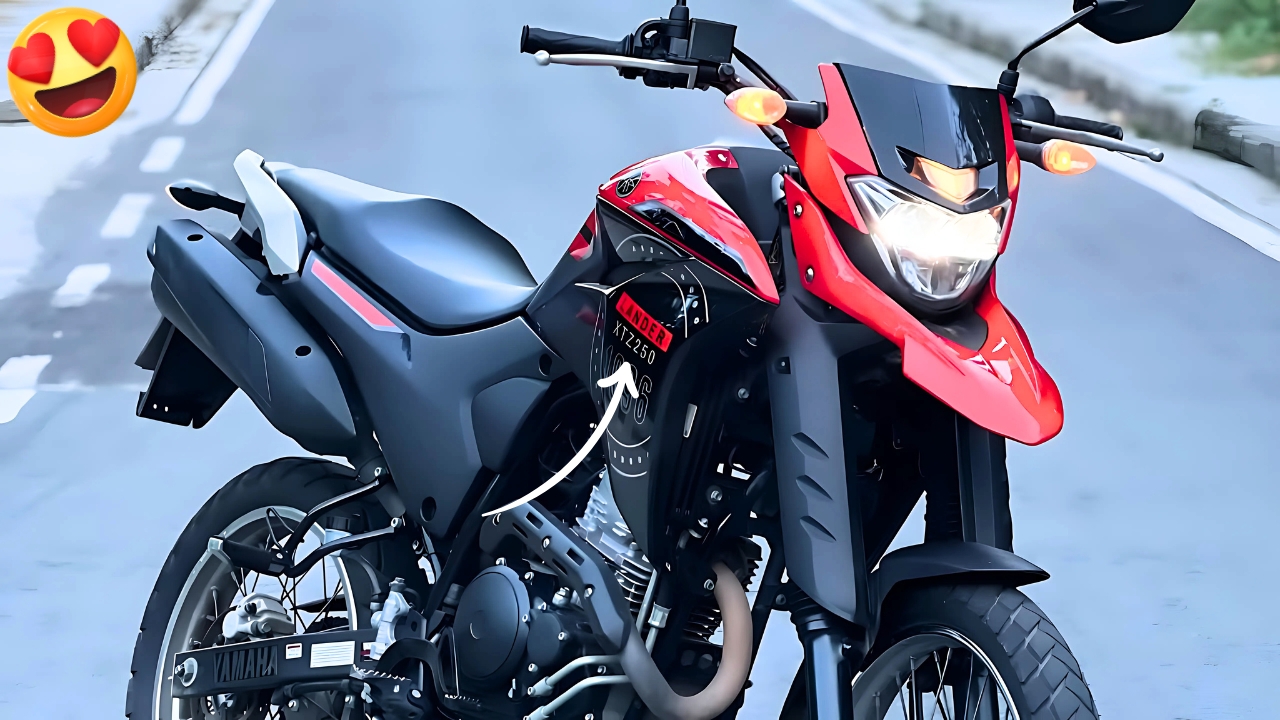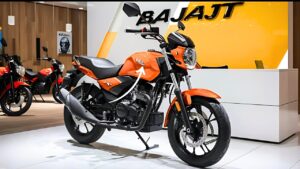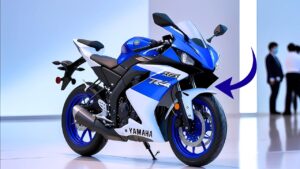The Indian adventure motorcycle market is heating up, and while major players are focused on displacement and design, Yamaha might be planning a move that changes the game entirely. The much-awaited Yamaha Lander 250, already a popular model in international markets like Brazil, could be coming to India with unique terrain-specific riding modes — a feature rarely seen in this segment under ₹2 lakh.
While this hasn’t been officially confirmed yet, strong indications from Yamaha’s patent filings, test mules with electronic console modifications, and dealership whispers suggest that the India-spec Yamaha Lander 250 could become the first sub-300cc ADV to offer integrated terrain modes, making it a rare blend of affordability and intelligent adaptability.
Here’s an exclusive breakdown of what this could mean for Indian adventure riders — and why no other publication is talking about it.
The Secret Behind Yamaha’s Terrain Mapping Strategy
Globally, Yamaha has been developing smart terrain-adaptive riding logic, especially for mid-range off-roaders. The Yamaha Tenere 700 uses terrain-sensitive ABS and power maps that adjust based on incline, grip, and lean angle.
Now, scaled-down variants of these systems are being tested on smaller displacement bikes. If the Lander 250 arrives in India with even a basic version of terrain presets — such as “Gravel”, “City”, and “Trail” — it would disrupt the segment entirely.
These modes could adjust:
- Throttle sensitivity
- ABS actuation levels
- Traction control thresholds (if offered)
No current 250cc adventure bike in India — including the Royal Enfield Himalayan, Hero XPulse 200, or even the KTM 250 Adventure — offers this level of dynamic tuning.
Why This Is Perfect for Indian Roads
India’s road conditions change dramatically every few kilometers. A smooth highway may suddenly turn into a broken village road, then merge into slushy farmland or gravel paths. Riders often face terrain shifts in real-time without stopping to adjust anything on their bike.
If Yamaha introduces these smart terrain presets, riders can switch modes on the fly, depending on their environment. This would make the Lander 250 ideal for:
- Rural exploration
- Weekend trail rides
- Urban pothole-surfing
- Monsoon-season adventures
For new adventure riders, it adds confidence. For pros, it adds fun.
What Else the Indian Lander 250 Could Offer That Others Won’t
Along with terrain modes, the India-spec Yamaha Lander 250 might be locally adapted in a few strategic areas to keep costs competitive while maintaining international standards.
Here’s what we expect, based on regional tuning and existing Yamaha platforms:
- A retuned 249cc single-cylinder engine shared with the FZ25, but remapped for low-end torque
- Lighter subframe and taller handlebar setup for standing posture off-road
- Longer-travel suspension (220mm front, 204mm rear) with preload adjustability
- Semi-digital cluster with mode-switch button and Bluetooth readiness
- 21-inch front / 18-inch rear wheel combo with block-pattern tyres
- Ground clearance of 240mm and kerb weight under 150kg, making it nimble yet planted
These features, if confirmed, would make the Yamaha Lander 250 India’s most versatile dual-sport motorcycle under ₹2 lakh.
What About Pricing and Positioning?
Yamaha is expected to price the Lander 250 between ₹1.75 to ₹1.89 lakh (ex-showroom). This puts it squarely in between:
- Hero XPulse 200 4V (₹1.45 lakh)
- KTM 250 Adventure (₹2.45 lakh)
- RE Himalayan 450 (₹2.85 lakh)
This pricing sweet spot gives it an edge among city riders who want something powerful yet manageable and highway tourers who occasionally seek dirt trails.
Most importantly, if the terrain-mapping feature is included even in top variants, it will offer technology usually found in ₹3–4 lakh motorcycles — at half the price.
What’s the Competition Missing?
So far, no manufacturer in the sub-250cc ADV category has seriously invested in electronic rider aids. While Royal Enfield and KTM offer dual-channel ABS and ride-by-wire, no brand is working on affordable dynamic terrain logic, possibly due to R&D cost concerns.
But Yamaha’s global parts bin and modular platform strategy mean it could borrow tech from the R15 V4 (which has VVA and multiple dashboards) and scale it down smartly for off-road use.
This could become the first step toward democratizing terrain-tuned electronics in entry-level adventure bikes — just like ABS and fuel injection were 5 years ago.
Who Is the Lander 250 Meant For?
This motorcycle will attract:
- City riders upgrading from commuter 125–160cc bikes
- Students and working professionals who want daily + weekend performance
- Tourers who don’t want heavy ADVs but still want to hit trails
- Riders from Tier 2 cities where terrain varies daily
- Yamaha FZ/MT enthusiasts who want an adventure-style sibling
The Lander 250 is a perfect bridge between on-road convenience and off-road excitement — without the bulk, complexity, or high ownership cost of larger ADVs.
Final Thoughts: Yamaha Might Redefine Entry-Level Adventure Segment
If Yamaha pulls this off, the Lander 250 with built-in terrain modes could change what people expect from an affordable ADV in India. Instead of just offering looks and travel suspension, Yamaha might give riders real-time adaptability and smarter electronics — all while staying under ₹2 lakh.
This is the kind of motorcycle that doesn’t just enter a segment — it creates a sub-segment.
With launch expected in late 2025, enthusiasts are waiting eagerly for Yamaha’s official announcement. Until then, keep your garage ready — your next adventure partner might just be smarter than you think.


